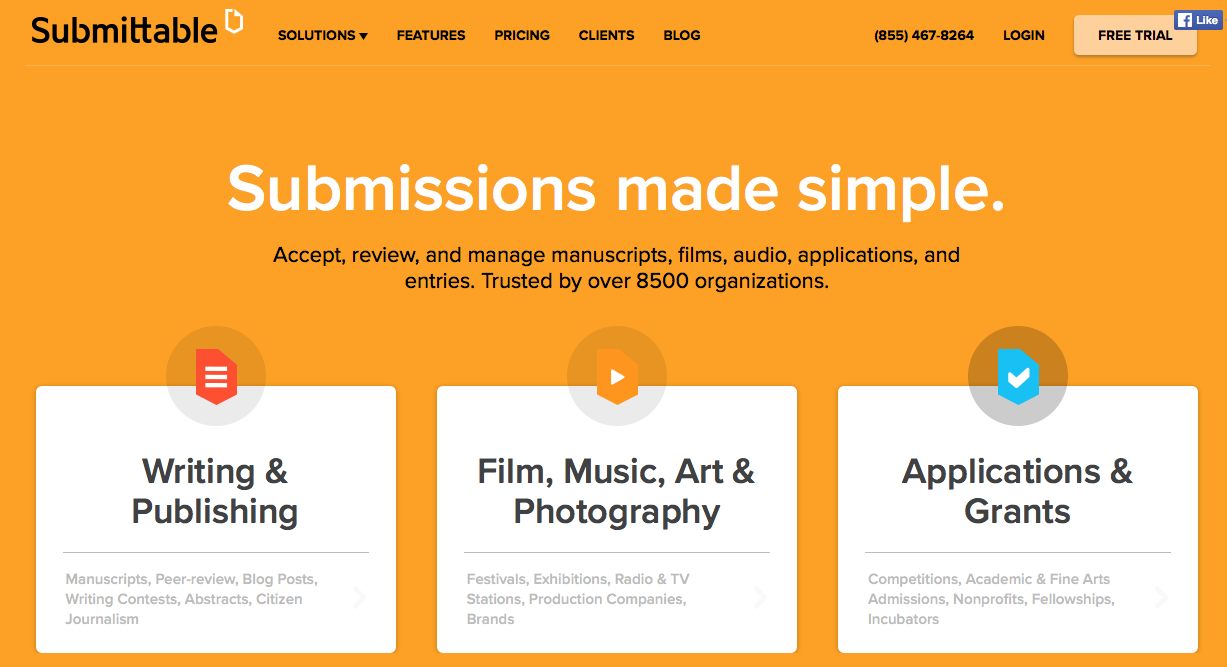Overview
During last summer’s Technology Fellows workshops, my primary goals were to learn technologies that could help instruct and connect our low-res MFA students to the program and one another. I imagined focusing on Panopto to record videos of campus readings and talks to share with them. A second, and more urgent, objective emerged, however, when a low-residence student (located in Florida) enrolled at the last minute in one of my on-the-ground classes: The Fourth River practicum. Because we are taking steps to more fully merge the full and low-res programs, we have opened all on-the-ground courses to low-res students should they choose to enroll. So far, we have not had a lot of experience with this, so I was heading into a truly experimental space. I had to quickly put together a course that would work for both populations, and in doing so, tried out several technologies, including Panopto, Skype, FaceTime, Moodle discussion forums, and Submittable.
Planning Process
I knew from discussions during summer workshop that there are real obstacles to creating a truly synchronous learning environment for distance and residence students, both in terms of technology and pedagogy. Skype calls drop. Internet connections fail. And even if they didn’t, requiring a distance student to sit, captive, in front of a screen for three hours at a time would not make for a healthy intellectual experience. I determined that the synchronous component of the course for my student would have to be much shorter if she were to feel engaged and invigorated. I settled on requiring her to be “present” for half of the class time—one and a half hours—and began to construct EIAs that would comprise the rest of her seat time. This also helped mitigate some of the technology problems I anticipated, in particular being able to connect with a remote location reliably every week for that length of time.
Implementation
I planned to have my student use some kind of video-conferencing with her genre group for discussions each week, because I felt these were the two students who would be working most closely with her, and thus would offer the greatest possibility for engagement and connectivity. For the second half of each class, they would meet via video conference to talk about the essays from that week’s submission queue. I allowed them to choose which they preferred and they ended up going back and forth between Skype and FaceTime on the iPhone.
For the rest of her seat time, I did a variety of things, including:
Video:
- Welcome and regular check-in videos with Panopto, that oriented her to the week’s goals and expectations
- Guest editor conversations that took place over the course of the term
- Individual, where she would respond to my orientation videos with questions or comments about the week’s expectations;
- Whole-class, where everyone would introduce themselves or respond to various assigned articles about publishing
- Whole-class, where they would upload blog posts, and then comment on their peers’ work
This is the online platform The Fourth River uses to accept submissions. It includes text boxes that allow student editors to have substantive discussions about the merits of a piece of work. Students anywhere can log into this system with a free account, and it is quite easy to use.
Assessment
The students ended up finding that FaceTime worked best for video conferencing, in part because they all had Apple phones, and in part because the low-res student’s internet connection was often unreliable. The low-res student commented that she liked the Panopto videos both because they helped her feel connected to me—to see my face and hear my voice, as opposed to being just an email filled with instructions each week–and because they helped her feel like she was experiencing some of the same in-class learning as her peers. All of the students commented that while the Moodle forums were functional, they felt a little removed from the class experience, and that they didn’t work as well for critiquing work as they did for general responses to articles. From my perspective, they worked well—especially for quieter students– for inspiring thoughtful, thorough conversations. Everyone agreed that Submittable was reliable and streamlined.
Value/Next Steps
I think for a last-minute effort, the course adaptations worked well enough. In the future, however, I think it might make more sense to have the low-res students synchronously “present” for the more pedagogical part of the class, and asynchronous, using the Submittable comment fields, for genre group discussions. Last fall I was most concerned that my low-res student have a robust educational experience and that she feel included in the community to the fullest extent possible. But my overall goal is to make this sort of hybrid class work for all students, full or low-res. Two other options I’m considering are making the class hybrid for everyone, including full-res, and creating a fully online version of the class that will run every other semester.




